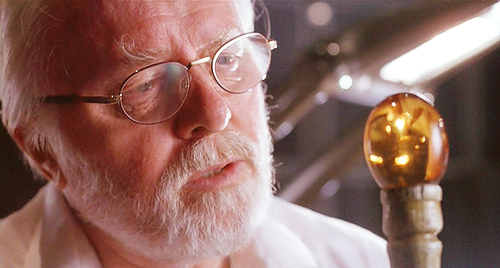Birds are living, breathing, tweeting dinosaurs. That is scientific knowledge backed up by overwhelming evidence, but the evidence basis for it grows strong all the time. We know that they are related from a host of morphological evidence from the last 150 million years or so. Our understanding of the origins of feathers and flight are developing too – each new finding is a piece that slots into a puzzle, where we already have a pretty good idea of what the picture we’re trying to recreate is. The evidence is mounting too with each new discovery – findings from China are rewriting the way we think about the evolution of feathers and flight, and the evolution of early birds from their dinosaurian ancestors.
Dinosaur cells identified with possible dino-DNA!
The discovery of extractable dinosaur DNA is many a scientist’s dream. The idea of finding DNA within extinct animals has an air of mystery and discovery that is just ridiculously appealing, whether you’re 5, 50, a teacher, palaeontologist, or cab driver. I think this is part of human nature, where we always seem to have a longing for what we can’t have, and one thing we’ll never have are the things that have been lost to ages long past.

All you need is an eccentric billionaire.. Or maybe just a team of intrepid scientists! Source.
Which direction to take!?
One of the most important things palaeontologists and taxonomists do is the description of new species or fossils. Focussing on dinosaurs, because they’re the ones I know the best, there is a whole host of descriptive anatomy to get your head around. It’s not just the names of the bones; it’s also the names of the parts and structures within bones, including muscle scars and hypothesised muscles that attached to them. As well as this, you have to describe the relative position and spatial relationships between these elements to build a 3-dimensional image of a fossil based on descriptive terminology. This final part comes with a host of orientation related terminology, and can be incredibly confusing to decipher. At request from Sam Barnett (@Palaeosam), here’s an attempt to break it down, so that whenever you’re reading a description of a new species, you’ll hopefully be able to figure out some of the position-related jargon scientists have used!
Note, that while these can refer also to specific parts of the body, they can be used as relative terms too (e.g., the scutes are positioned dorsally, and the scutes are dorsal to the vertebral column).
